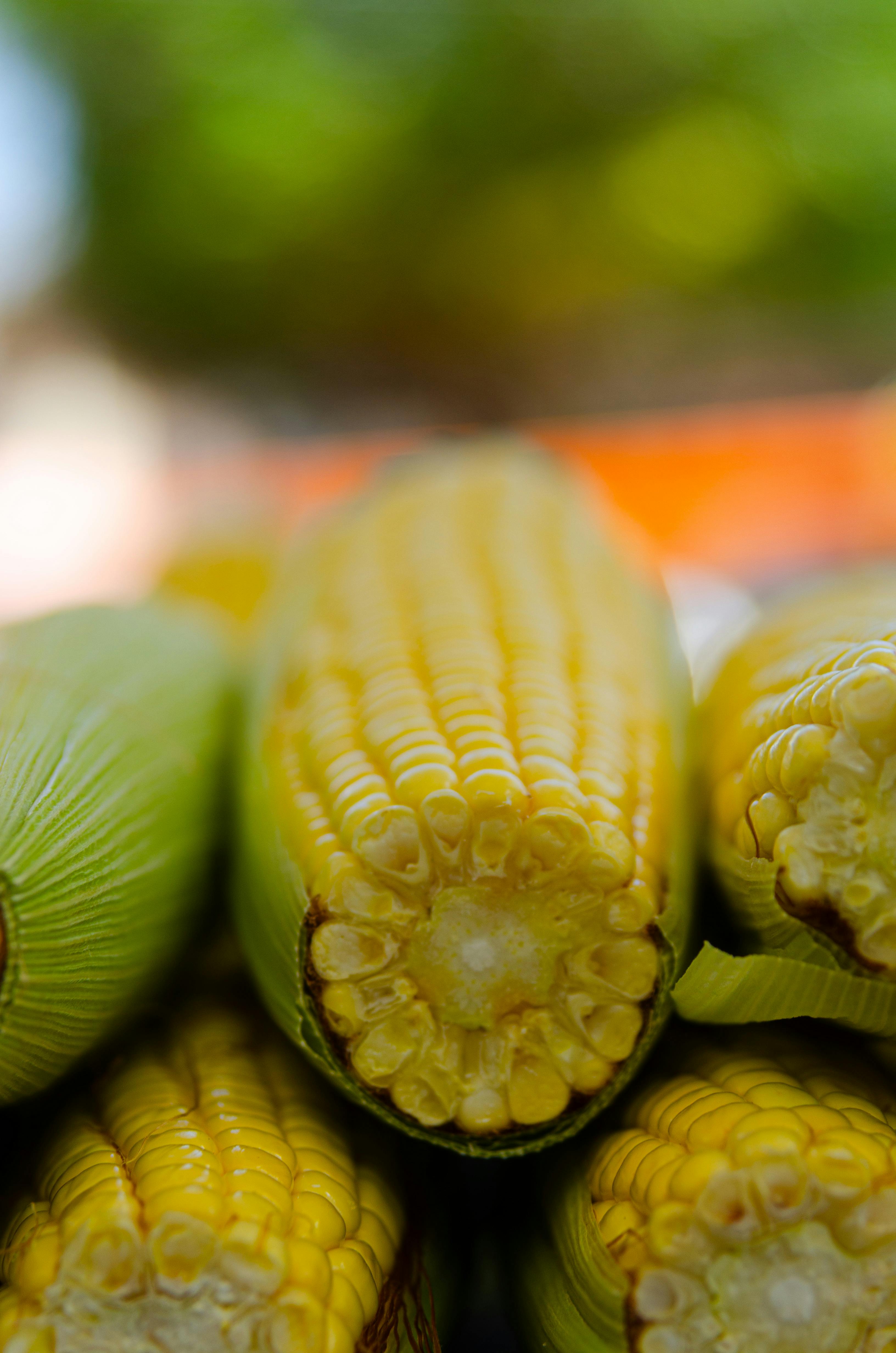Smart Guide to Planting Iris Bulbs for Vibrant 2025 Blooms
Introduction to Iris Bulbs and Their Importance
Iris bulbs are a stunning addition to any garden, providing vibrant blooms that can brighten the landscape. Their unique shapes and colors make them a favorite among gardeners. Understanding how to properly plant iris bulbs is crucial for achieving the desired results, as they flourish in well-drained soil and require specific sun exposure and care. This guide will cover various aspects of planting and caring for iris bulbs, including the best time to plant, soil requirements, watering schedules, and pest management. By the end of this article, you will have a comprehensive understanding of iris bulb gardening.
Understanding Iris Bulb Types
When it comes to planting iris bulbs, it's essential to recognize the different types available. From bearded irises to dwarf varieties, each has unique characteristics and ideal planting conditions. For example, bearded irises are known for their stunning blooms and can thrive in various climates. It's recommended to choose iris varieties based on the specific aesthetics and growing conditions of your garden. Familiarizing yourself with iris bulb types helps in selecting the right bulbs that will flourish in your landscape design.
Best Time to Plant Iris Bulbs
Timing plays a critical role in the successful planting of iris bulbs. Ideally, the best time to plant iris bulbs is in the fall, particularly for spring flowering irises. This allows the bulbs to establish their roots before the colder weather sets in. However, you can also plant them in early spring as soon as the soil is workable. Knowing when to dig up iris bulbs is equally important; typically, this should be done after they have finished blooming and their foliage has died back. By adhering to these timelines, you can ensure a thriving iris garden.
Preparing the Soil for Iris Planting
Soil Requirements for Iris
Understanding and preparing the soil is a foundational step in planting iris bulbs. Irises prefer well-drained soil, as they are susceptible to bulb diseases and root rot when grown in overly damp conditions. Thus, it's vital to ensure the soil composition allows for proper drainage. Mixing in compost or sand can improve soil structure, promoting healthier growth. Soil pH should be slightly alkaline to neutral, making amendments necessary if the soil is too acidic.
Fertilizing Iris Bulbs
Fertilizing iris bulbs before planting is an essential aspect of their care regimen. A slow-release fertilizer specifically formulated for bulbs can provide the necessary nutrients that promote healthy growth. It's recommended to follow a fertilizing schedule, applying fertilizer in early spring as shoots begin to emerge and again after blooming to support the next growth cycle. However, avoid over-fertilizing, which may lead to lush foliage at the expense of blooms.
Managing Water and Drainage for Irises
Proper watering is crucial for the health of iris bulbs. Newly planted irises will require consistent moisture until established; however, it’s vital not to overwater, as this can lead to root rot. A good rule of thumb is to water deeply but infrequently, ensuring that the soil dries out between waterings. Implementing mulch around the base can help retain moisture while preventing weeds. Additionally, ensuring excellent drainage—whether in the ground or in pots—is vital to prevent bulb diseases.
Planting Techniques for Successful Iris Growth
How to Plant Iris Bulbs
When learning how to plant iris bulbs, the depth and spacing are key factors to consider. Generally, iris bulbs should be planted about 2-3 inches deep, with the pointed end facing upwards. Spacing between bulbs is equally important; a distance of 12-18 inches apart allows for air circulation, which reduces the risk of disease. Take care to break up any large clumps of soil to provide a healthy environment for the bulbs to establish their roots.
Container Planting Iris Bulbs
For those lacking garden space or wishing to enjoy irises on patios or balconies, container planting is a viable option. Select a wide pot that allows for proper drainage and use a quality potting mix designed for bulbs. Container-grown irises still require adequate sunlight and water, but they also provide the opportunity to control soil conditions more closely. Remember to rotate your pots to ensure even growth and exposure to sunlight.
Special Considerations for Dwarf Iris Planting
Dwarf irises are perfect for borders and rock gardens. These smaller varieties still require the same care as their taller counterparts but can benefit from slightly different planting techniques. Dwarf irises should be spaced more closely, about 6-12 inches apart, to create a fuller appearance in smaller spaces. Choosing the right location that mimics their natural environment can lead to stunning results.
Caring for Iris Plants After Planting
Watering Schedule for Iris Bulbs
Iris plants do best with a consistent watering schedule. After the initial planting, aim to keep the soil moderately moist but not soggy. Once established, most irises can tolerate short periods of drought. Watering every two weeks is typically sufficient, increasing the frequency during particularly hot spells. Always adjust your watering schedule based on rainfall, temperatures, and soil conditions.
Pest and Disease Management
Pests can pose a significant threat to the health of your iris bulbs. Common pests include aphids, spider mites, and beetles. To manage these pests, consider using organic treatments or insecticidal soap. Additionally, being vigilant about iris bulb diseases such as rot and mildew can prevent larger outbreaks. Regular inspection of foliage and bulbs is essential for early detection and intervention.
Winter Care and Storage of Iris Bulbs
Caring for iris bulbs through the winter months involves preparation for the colder temperatures. In areas with harsh winters, it's advisable to cover the bulbs with a layer of mulch for insulation. For container-grown irises, storing them indoors in a cool, dry place can enhance their chances of surviving. Ensure that the bulbs do not freeze and are monitored periodically for moisture needs.
Dividing and Propagating Iris Bulbs
When to Dig Up and Divide Iris Bulbs
Dividing iris bulbs is an effective way to promote vigorous growth and avoid overcrowding. Typically, iris bulbs should be dug up and divided every 3-4 years, or when the blooms begin to diminish. This process involves carefully removing the bulbs, separating them, and replanting in a well-prepared area. Proper spacing is critical during this operation to prevent future disease.
Storage and Propagation Techniques
After digging, if you're not replanting immediately, you can store the bulbs in a cool, dry location. Ensure they are properly labeled to avoid confusion during replanting. Propagation can also be achieved through offsets, the smaller bulbs that form around the main bulb. These can be snipped off and planted to produce new plants, maximizing the beauty of your iris garden.
Companion Planting with Irises
Incorporating companion plants can enhance the beauty and health of iris bulbs. Plants such as daylilies, salvia, or catmint complement irises while also deterring pests. Consider planning your garden layout to optimize the visual appeal and ecological benefits of these companion species. This interconnected approach to gardening can lead to a more resilient and vibrant landscape.
Common Questions About Iris Bulb Planting
What Are the Best Practices for Iris Bulb Care?
To achieve healthy blooms, it is essential to focus on soil drainage, proper watering, pest management, and timely fertilization. Regularly checking your plants for pests and diseases, and adhering to seasonal care practices ensures longevity and vibrancy.
How Deep Should I Plant Iris Bulbs?
Typically, iris bulbs should be planted about 2-3 inches deep. However, this may vary with the type of iris. Be sure to plant with the pointed end facing upwards to encourage healthy growth.
What Should I Do If My Iris Bulbs Are Not Blooming?
If your irises aren’t blooming, check for issues related to sunlight exposure, watering habits, or overcrowding. Sometimes, simply dividing the bulbs can invigorate their growth cycle.

Conclusion: Embracing the Beauty of Iris in Your Garden
Incorporating iris bulbs into your gardening routine can result in a stunning display of colors come springtime. Through proper planting techniques, ongoing care, and an understanding of their specific needs, you can create a vibrant iris garden that flourishes for years to come. Whether you choose traditional bearded types or dwarf varieties, the effort put into your iris bulbs will reward you with beautifully vibrant blooms in 2025. With these tips and techniques, you now have the knowledge needed to succeed in your iris bulb gardening journey.



